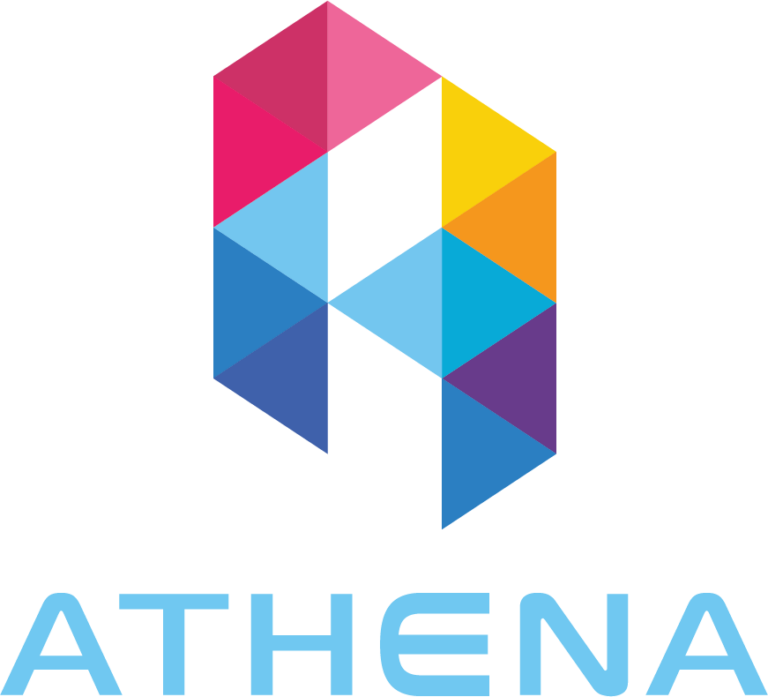Tokenization: Unlocking New Opportunities for Digital Asset Trading
Tokenization is transforming the way we trade, invest, and manage assets. By converting physical and intangible assets into digital tokens on a blockchain, tokenization creates new avenues for accessibility, efficiency, and innovation in digital asset trading. This article explores the fundamentals of tokenization, its impact on trading, and the opportunities it unlocks for investors and businesses in the digital economy.
What is Tokenization?
Tokenization is the process of converting the ownership rights of an asset into digital tokens recorded on a blockchain. Each token represents a fraction or the entirety of the asset, which can range from real estate and fine art to stocks, bonds, or intellectual property.
Types of Tokenized Assets:
- Real-World Assets: Real estate, precious metals, and commodities.
- Financial Instruments: Equities, bonds, and derivatives.
- Intangible Assets: Intellectual property, patents, and royalties.
How It Works:
- A blockchain is used to record the ownership of the tokenized asset securely.
- Smart contracts automate transactions and enforce rules transparently.
- Tokens can be traded on digital exchanges, similar to cryptocurrencies.
Key Benefits of Tokenization
1. Enhanced Liquidity
Tokenization allows fractional ownership, making high-value assets like real estate or art accessible to a broader audience.
Example: A property worth $1 million can be tokenized into 1,000 tokens, allowing investors to buy shares for as little as $1,000 each.
2. Global Accessibility
Tokens can be traded on blockchain-based marketplaces 24/7, enabling investors worldwide to participate in markets previously restricted by geography or financial barriers.
3. Improved Transparency
Blockchain technology ensures that all transactions are recorded immutably, providing clear and auditable ownership records.
4. Cost Efficiency
By eliminating intermediaries, tokenization reduces costs associated with asset management, transfer, and verification.
5. Faster Transactions
Smart contracts enable near-instantaneous transactions, bypassing traditional settlement times that can take days or weeks.
How Tokenization is Revolutionizing Digital Asset Trading
1. Fractional Ownership and Accessibility
Traditionally illiquid markets, such as real estate and collectibles, become accessible to retail investors through tokenization.
2. Broadening Asset Classes
Tokenization has expanded the scope of tradable assets to include unconventional categories like music royalties and carbon credits.
3. Decentralized Trading
Decentralized exchanges (DEXs) allow peer-to-peer trading of tokenized assets without the need for centralized authorities, enhancing trust and reducing costs.
4. Cross-Border Investments
Tokens are inherently digital and can be traded globally without currency exchange complexities or regulatory hurdles.
Challenges in Tokenization
1. Regulatory Compliance
Different jurisdictions have varying rules regarding tokenized securities, which can complicate cross-border trading.
Solution: Adopt compliant platforms and consult legal experts to navigate regulatory landscapes.
2. Market Volatility
Like cryptocurrencies, tokenized assets may experience high volatility due to market speculation.
Solution: Educate investors on risks and focus on stable asset classes for tokenization.
3. Technological Barriers
The adoption of blockchain and smart contracts requires robust infrastructure and expertise.
Solution: Partner with established blockchain platforms to mitigate implementation challenges.
4. Liquidity Risks
While tokenization enhances liquidity, it depends on active marketplaces and sufficient trading volume.
Solution: Foster partnerships and community engagement to build vibrant trading ecosystems.
Use Cases of Tokenization
1. Real Estate
Tokenized real estate enables fractional ownership of properties, making investments more accessible and liquid.
Example: Investors can purchase tokens representing shares in a commercial building, earning proportional rental income.
2. Art and Collectibles
Tokenization allows art collectors to buy shares in valuable works, democratizing access to high-value collectibles.
Example: A $10 million painting can be tokenized, allowing thousands of investors to own a fraction.
3. Finance
Stocks, bonds, and other financial instruments are being tokenized to simplify trading and enhance transparency.
Example: Tokenized equity allows startups to raise capital while offering investors liquidity through secondary trading.
4. Intellectual Property
Royalties from music, films, or patents can be tokenized, enabling creators to monetize their work efficiently.
The Future of Tokenization
1. Integration with DeFi
Tokenized assets will integrate seamlessly with decentralized finance (DeFi) platforms, unlocking new opportunities for lending, staking, and liquidity pools.
2. Regulatory Standardization
As governments adapt to blockchain technology, standardized regulations will foster global adoption of tokenized trading.
3. Interoperability
Blockchain networks will increasingly support cross-chain token transfers, enabling seamless trading across different ecosystems.
4. Mass Adoption
Tokenization will redefine traditional industries by democratizing access to assets and creating new opportunities for investment and innovation.


